Baird Hall, co-founder of Churnkey, started working on a solution for churn out of his own need. After working on two companies, Wavve (acquired) and Zubtitle (current), Baird and his several co-founders across the different apps productized a solution for churn after creating it for themselves. Focused on creators, in a space that lies somewhere between B2B and B2C, they’ve built Churnkey to assist others in improving their cancellation experience — the precise area where they found the most return on their churn improvement efforts. In this episode, Baird and Jane discuss the experiences that helped shape the product, the mistakes others have made in addressing churn, and practical tips to start lowering churn in your SaaS business.
The lightbulb moment
What does a video subtitling SaaS product have to do with churn?
Zubtitle, Baird’s other product aimed at prosumer creators adding subtitles to social video, provided the lessons that led to Churnkey. They learned that their target audience was unique in their usage habits:
“Prosumers are unique in the fact that they come and go quite a bit. They have needs that change throughout the year when they’re creating heavy seasons, lower seasons. We always struggled with churn and the biggest battle that we fought over the last few years was getting our churn under 10%. That was always our North Star.”
While customer acquisition often comes up as the main challenge in growing a business, churn can lurk in the background until it’s a major, in-your-face issue. This was one of the key principles that Baird and his team learned both through their customers at Zubtitle and firsthand:
“We were so focused on getting the business off the ground and pushing it uphill. Growth really starts picking up and you double, triple down on growth. We’ve always said that churn isn’t a problem. Acquisition is way more important than churn until, all of a sudden, it’s not. All of a sudden you have a high churn rate and your acquisition rate can’t overcome it. You hit a plateau.”
Baird describes that, unfortunately, there is no silver bullet solution. Much like marketing strategies that are used to acquire customers, companies can improve churn in many ways. What they found was that by focusing on the cancellation flow and adding a pause functionality, they had a massive impact on their churn metric with relatively low effort. At that point, they realized they needed to offer Churnkey as a product to help others do the same.
Avoiding churn
Baird stresses that before working on your churn, it’s important to know that some level is acceptable and normal:
“The first thing that you need to acknowledge is that it’s impossible to prevent all churn. There’s going to be a certain amount of churn with your business, and figuring out what that should be is similar to pricing. Your pricing is never going to be perfect, but you need to find that range that it needs to live in.”
To figure that out, Baird recommends taking some assessment steps —a churn audit. Is it seasonal? Is it volatile? Is it consistent? What product features or experiences might it be most closely tied to? Understanding your users is critical and he recommends reviewing the customer journey your users take, specifically around customer activation:
“If your customers aren’t getting successfully onboarded, your churn rates are probably going to have a big hit because of that. Making sure that customers are getting activated first and defining what activation means. So for us with Wavve, for example, a customer would sign up and if they didn’t create their first video, they were never going to convert to begin with.”
Churnkey is interesting — after you understand your customer journey, the product helps improve churn by working backwards: starting at the cancellation flow.
Focusing on the cancellation flow
Getting feedback from your customers at the point of cancellation is invaluable. Jane describes that they collect freeform feedback from users of Userlist and Baird’s experience at Wavve illustrates what you stand to learn by implementing something like Churnkey:
“Once we started talking to canceling customers, we found out that they were basically recording seasons of their podcasts and they would have 6 to 12 episodes in a season. Then they take a break and our customers were canceling because they were in that three-month break period. We found that if we offered them a subscription pause, it ensured that they would come back onto the product and reactivate later, as opposed to hoping that they would come back. Customers prefer that because they want to save designs and settings within their accounts. So the pause was a good win-win for one another.”
User cancellation can occur for numerous reasons. Including a list of cancellation reasons is helpful, but the free-form nature of feedback helps uncover deeper, more true motivations. For example, at the start of the COVID-19 pandemic, they discovered that many users were canceling pre-emptively out of financial caution. Knowing this, Baird and the team were able to offer more fitting options to keep churn low and tailored for this specific cancellation reason. The use case doesn’t have to be as simple as a subscription pause at the time of cancellation, either:
“Another really interesting tactic that we’ve used is offering hidden plans. The idea is to have a subscription pricing, a subscription plan, that’s not listed on your pricing page. New users can’t sign up for it, but it is a plan that canceling customers can opt for to stay active. You’ll see some companies say you can get half of what you have right now for $5 a month. Something like that. Keeping them involved at a lower price point is another interesting way to keep users around.”
Mistakes made by others
One of the biggest mistakes is simply that companies wait too long to address it. Baird sees other mistakes that companies are making, and the solution isn’t as obvious as making churn rate monitoring a priority:
“Another big mistake is not calculating your growth ceiling. We always think about growth in terms of acquisition, but growth is actually acquisition minus churn, that’s what your growth turns out to be. If your churn is higher than what you acquire, then you’re not actually growing. Acquisition and churn work together to determine how high you can grow. If your churn is at 10% there is a mathematical ceiling that you can hit as far as churn goes. Of course you can raise pricing and do some other things to increase that growth ceiling, but eventually, you’re going to have to address churn.”
Finally, companies may try to forecast and model churn ahead of time, but that can be tricky. Baird warns that there can be some self-selection bias in digging into that data, and that they were able to move the needle more easily elsewhere.
Final advice
Do experiment and realize you’ll never have perfect churn.
“It’s never going to be perfect. That’s why we’re here — better done than perfect. There are a lot of different ways to fight churn and you need to be experimenting with onboarding engagement, your cancellation flows, and pricing as well.”
Don’t neglect talking to customers about their cancellations.
“It wasn’t until we talked to customers and realized that they needed a short pause instead of cancellation. Our business completely changed. We were able to bring churn from 13% down to 9%. It completely increased our growth ceiling, allowed us to scale up, hire more people and do a lot more things.”
Thanks for listening! If you found the episode useful, please spread the word on Twitter mentioning @userlist, or leave us a review on iTunes.

